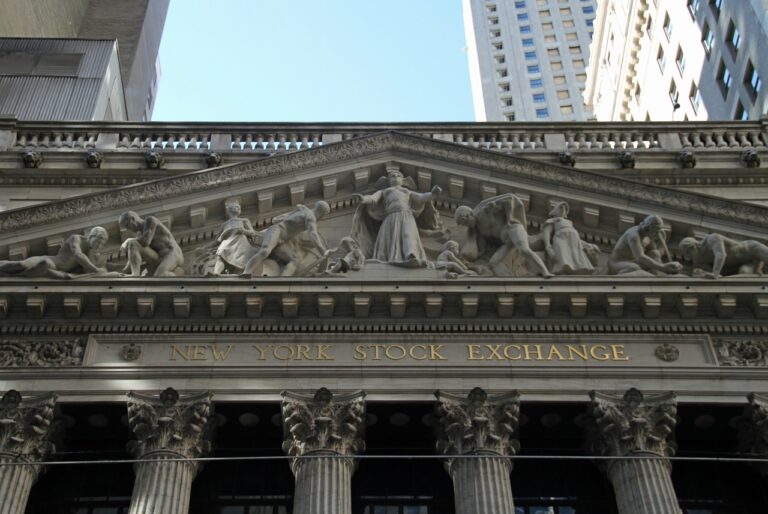Even today, the stock exchange market is often considered an elitist place, reserved for the wealthy. In reality it is a market like any other, within which, however, shares of companies are traded.
If you had asked an unemployed person, a precarious worker or even a person without a university degree fifty years ago whether he or she had ever invested in the stock market, he or she would probably have told you that he or she had never even thought about it. Only the wealthy and economists could be interested in such complex and risky activities.
Today however, all you need to invest in the stock market is a smartphone, but the ease of access to the financial markets has not made it any easier.
Table of Contents
Investing in stocks today: 10 easy points to know
Let us look at what is important to know about how the stock exchange works in 10 points.
1. What is the stock exchange
The stock exchange is a virtual place where assets of various kinds are traded through different financial instruments.
On the one hand there are buyers, who are willing to spend money to buy securities, and on the other hand there are sellers, who aim to get money in exchange for their instruments.
2. What is traded on the stock exchange
Stocks, bonds, commodities, precious metals, currencies, cryptocurrencies and many other assets are traded on the stock exchange.
3. Guarantees of transparency
To offer a security on the stock exchange, a public limited company must list itself on the market and be subject to disclosure requirements and supervision.
4. How trading works
Whoever buys a security does so with the aim of seeing its value increase, while whoever sells it expects it to remain stable, go down, or has calculated that he has already made a sufficient profit compared to when he bought it.
In this way, supply and demand influence the price of the security. If purchases exceed sales, it goes up. If conversely, it is sales that exceed purchases, the price falls.
5. The measuring instruments
Each stock exchange has its own stock market index. They measure the development over time of the value of various baskets of securities representative of the stock market performance of a country (the Dow Jones in the US) or an area (the Euro Stoxx 50).
The indices refers to various criteria, such as capitalisation (blue chip, small cap, etc.) or sector (technology, health, trade, etc.).
6. A market that never sleeps
With the telematisation of the financial sector, the stock exchange has become a non-stop virtual marketplace where buyers and sellers trade at any time.
7. Intermediaries
To trade instruments on the stock exchange, one can turn to professionals such as asset management companies, banks, securities firms or brokerage firms.
8. From platforms to apps
For those who feel safe with do-it-yourself trading, it is now possible to trade online without even turning on the computer: with just a few clicks on your smartphone, you can download apps full of functions and services.
9. Recent trends
Most small savers choose to trade online, without relying on specialists, mainly to save on brokerage costs.
10. The risks of the stock exchange
Today more than ever, it is essential to understand the mechanisms of the stock exchange before investing, and to learn to recognise fraudsters who, posing as financial intermediaries, promise rich and quick profits at low cost.
Read also: Why is Wall Street so powerful in world’s economy and finance












